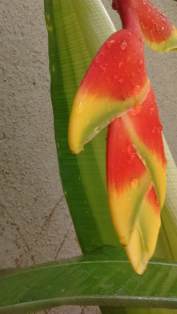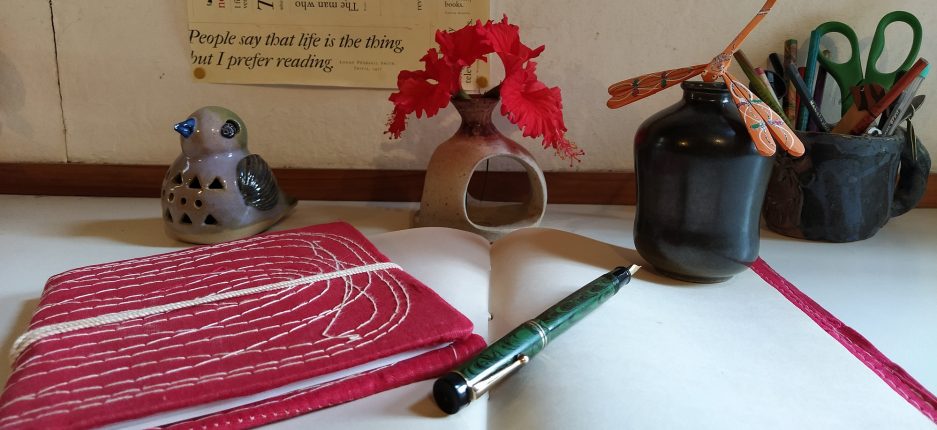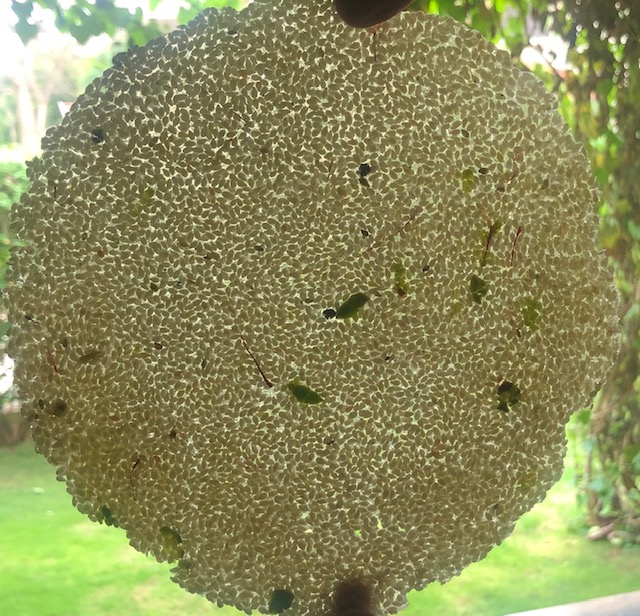Among the many new medical disorders that have entered into our consciousness and everyday vocabulary in the last decade or so, a new one was added in 2005— Nature Deficit Disorder. The term was coined by Richard Louv as a way to describe the psychological, physical and cognitive costs of human alienation from nature, particularly for children in their vulnerable developing years.
As we live in our concrete jungles, increasingly cut off from the sight, sound and feel of Nature, these senses are steadily diminishing. Increasingly medical research is now proving that our sedentary lifestyles or “epidemic of inactivity” is the cause of a host of appropriately-called ‘lifestyle diseases.”
Richard Louv in his book Last Child in the Woods: Saving Our Children From Nature-Deficit Disorder expressed his apprehension at the growing phenomenon of alienation from Nature, and built a case for consciously building closer links between young children and Nature, through opportunities to go outside, be in Nature, and learn from Nature.
Times have changed—and not for the better. Almost fifteen years after Louv articulated his concern, the “wave from the West” has reached our homes in India, as it has most parts of the world. Children don’t seem to get as much opportunity to play outdoors and explore and discover independently anymore; meeting friends is usually organised and supervised in “play dates” rather than children spontaneously getting together and simply “mucking and mooching around!” Yes, there are genuine issues—safe spaces, security and time; but this over-protectiveness can actually be detrimental to children’s health, if they don’t get enough outdoor time and experiences. Difficult though it is, while we as parents, leave no stone unturned to give our children the best opportunities that money can buy for their all-round development, are we giving them enough exposure to the outdoors? For children and their development Nature is not “optional”, it is as essential as a healthy diet for growing up.
I do believe that the same formula applies equally to adults. Nature and the outdoors are vital for our physical and emotional development and well-being; it is only here that can we encounter all four non-negotiable sources for self-development: freedom, immediacy, resistance and relatedness (connection). In fact, it is for us to take the lead.
An even more alarming trend has been towards the gradual deficit of Nature, even in our language. Since 2007 the Oxford Children’s Dictionary has been dropping words related to nature to replace them with words that they felt better represented the present day and age. Acorn, Buttercup, Conker gave way to Attachment, Blog, and Cut-and-Paste. In 2015, some of the world’s most prominent authors composed an open letter of protest and alarm at this impoverishment of children’s vocabulary by replacement with words “associated with the increasingly interior, solitary childhoods of today,” and its consequent diminishment of children’s belonging to and with the natural world. A frightening manifestation of Nature Deficit Disorder. The authors expressed their distress that such culling of words would “deny children a store of words that is marvellous for its own sake, but also a vital means of connection and understanding.”
As one of the authors said, “If you can’t name things, how can you love them?”
–Mamata


 Kaikeyi, goaded by Mantra, decides that her son Bharata must be crowned King of Ayodhya, in place of Rama, the first-born. But convincing her husband the King, was not going to be easy. As the first step, she retreats to her kopagraha (literally, Hall of Rage). She flings off her jewels, unfastens her hair, puts off her silks and flings herself on the bed, before sending word to the King that he better come there post-haste, or else…
Kaikeyi, goaded by Mantra, decides that her son Bharata must be crowned King of Ayodhya, in place of Rama, the first-born. But convincing her husband the King, was not going to be easy. As the first step, she retreats to her kopagraha (literally, Hall of Rage). She flings off her jewels, unfastens her hair, puts off her silks and flings herself on the bed, before sending word to the King that he better come there post-haste, or else…


